An Infrastructure Agenda For Municipal Eco-Socialism, Part 1
How to make the world better today AND less miserable in the future
How can we both adapt to and head-off climate change? How can we transition to meeting our basic needs through democratically-managed public goods, rather than the nightmarish private hellscape of capitalism? And how can we do all this using readily available, low-cost processes that are viable anywhere on Earth?
These are the questions I asked myself when formulating my Infrastructure Agenda for Municipal Eco-Socialism. The series of threads (1, 2, 3) that I wrote on this topic will now get fleshed out a bit here in the newsletter. Today, we start with the first five agenda items: municipal food forests, BSF composting, supermarkets, coppice agroforestry, and construction woodlots.
Part 1
Municipal food forests. Governments own a lot of land and much of it is massively underutilized. Some of that land should be planted with perennial food crops in diverse polycultures, mimicking the efficiency of natural systems to produce abundant food while improving local ecology. The food produced should be a de-commodified public good: distributing it via a universal local food UBI would be a great way to make the benefits widely valued. Placing the operation of municipal food forests under the jurisdiction of school systems—which already have extensive grounds crews—would have the added advantage of making them educational assets too: students could 'adopt' sections of the forest, overseen by professional educators/farmers, and maintain it as part of their lessons in biology, ecology, and social science. The result would be beautiful, productive public spaces that offers students and residents vital agricultural skills and joyful experiences in nature, along with all that a food forest yields. I developed this concept in detail in this post here.
Municipal composting with BSF. There are many ways to turn a town's organic waste stream into compost, but one underutilized method is black soldier flies. BSF are harmless flies that outcompete nuisance insects in rotting food and manure. They eat like crazy and their larvae, which are easily harvested, make excellent, high-protein animal feed. The manure they leave behind—in the course consuming food waste entirely in 3-14 days—is an outstanding fertilizer with NPK of around 5-3-2 (depending on their food source.) The cost of setting up BSF composting at a municipal scale is small and can be financed by selling the dried larvae and compost, both of which have established markets. Village-scale BSF composting has been successfully implemented in a number of countries, with the manure and larvae serving diversified agricultural operations, such as aquaculture, egg production, and vegetable crops. BSF is not the only means of composting organic waste, of course, and there are other methods that may be more appropriate in different situations. Regardless, organic waste should be treated as an asset essential to creating resilient and sustainable local food systems.
3. Municipal/county-owned supermarkets. Here's an idea that got a boost recently when the Mayor of Chicago proposed exploring it, and it's already been successfully implemented in a number of conservative, rural areas. Municipally-owned supermarkets offer the opportunity to separate food access from the profit motive, returning food to the realm of public goods. By doing so, they allow other priorities to take precedent: food security, the ability to subsidize staples, and creating sales outlets for local agriculture, among others. A publicly-owned, nonprofit supermarket can offer significant costs savings for consumer, while saving money for local governments via savings on SNAP benefits. Placing the retail end of the food supply chain under public ownership and democratic control is a key step in shifting away from the commodification of subsistence.
4. Coppice agroforestry. Wouldn’t it be nice to have a cheap, secure source of heat, one that’s not subject to the price fluctuations of fossil fuels or wood pellets? We could have that and much more by practicing coppice agroforestry at a municipal scale. Coppicing is the ancient practicing of repeatedly cutting trees to the base and allowing them to regrow from the stumps, producing new shoots that grow into thick branches within a few years. It's a practice that still supplies wood for countless uses—firewood, fence posts, construction materials, etc—all over the world, but it is massively underutilized, especially in North America. Coppicing is far more efficient and sustainable than logging, and it can be combined with a variety of other regenerative agricultural practices, such as alley cropping and silvopasture, to increase efficiency even further. A thoughtful and forward-thinking municipality might plant a coppice plot that uses pollarded trees (coppices cut high) for fuel and fence posts, combined with a municipal animal herd for meat and dairy. For those interested in learning more, the definitive volume on coppice agroforestry has recently been published.
Construction wood lots. The cost of lumber has skyrocketed, and it's only going to get worse as energy costs rise and climate collapse threatens forests. Towns should plant wood lots of black locust—a native North American tree that is incredibly fast growing, rot resistant, and beautiful—or other locally appropriate trees to secure an indefinite supply of cheap construction lumber. Black locust is particularly desirable because it flowers magnificently—a benefit to pollinators & humans, who can eat the delicious flowers—and its wood requires no treatment or chemicals to last for generations in rugged conditions. A post sunk directly into the soil will last 150 years; inside a house, indefinitely. Such long-lasting wood is also a carbon sink, and since black locust is a nitrogen-fixer, it requires no fertilization. Having a steady supply of virtually free construction lumber would help a municipality to expand public goods even as the climate deteriorates.
This is just a small taste of what a city or town can do to adapt to the reality we now. In taking this path—what I call degrowth eco-socialism—they would also help wean themselves off of systems that contribute to climate collapse and which are especially prone to failure under stress. This agenda is a formula for resilient, sustainable communities, now and in much more challenging times ahead.
I would add that these ideas are meant to compliment state-level, national, and international initiatives, not replace them. We cannot contend with global problems strictly via local initiatives; all of these pieces working together will be necessary to win.
Next time: Part 2! Municipal goat herd, country-owned heating contractors, town saunas, municipal nurseries, and natural building corps.
For daily updates, you can follow me on Twitter, Instagram, Bluesky, and Mastodon.

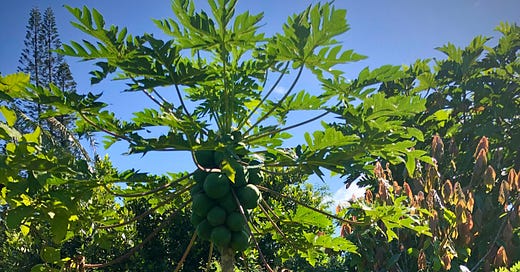



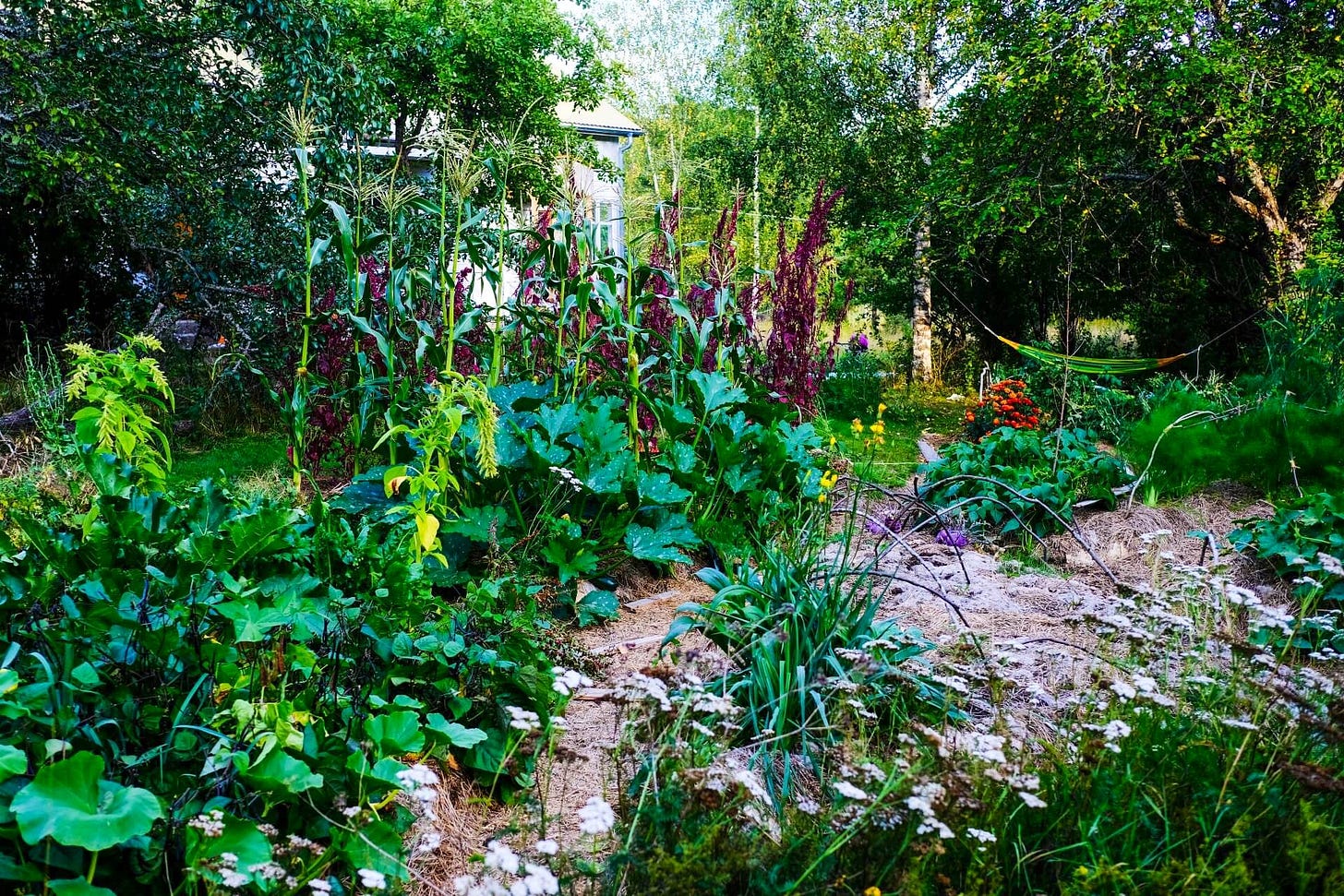

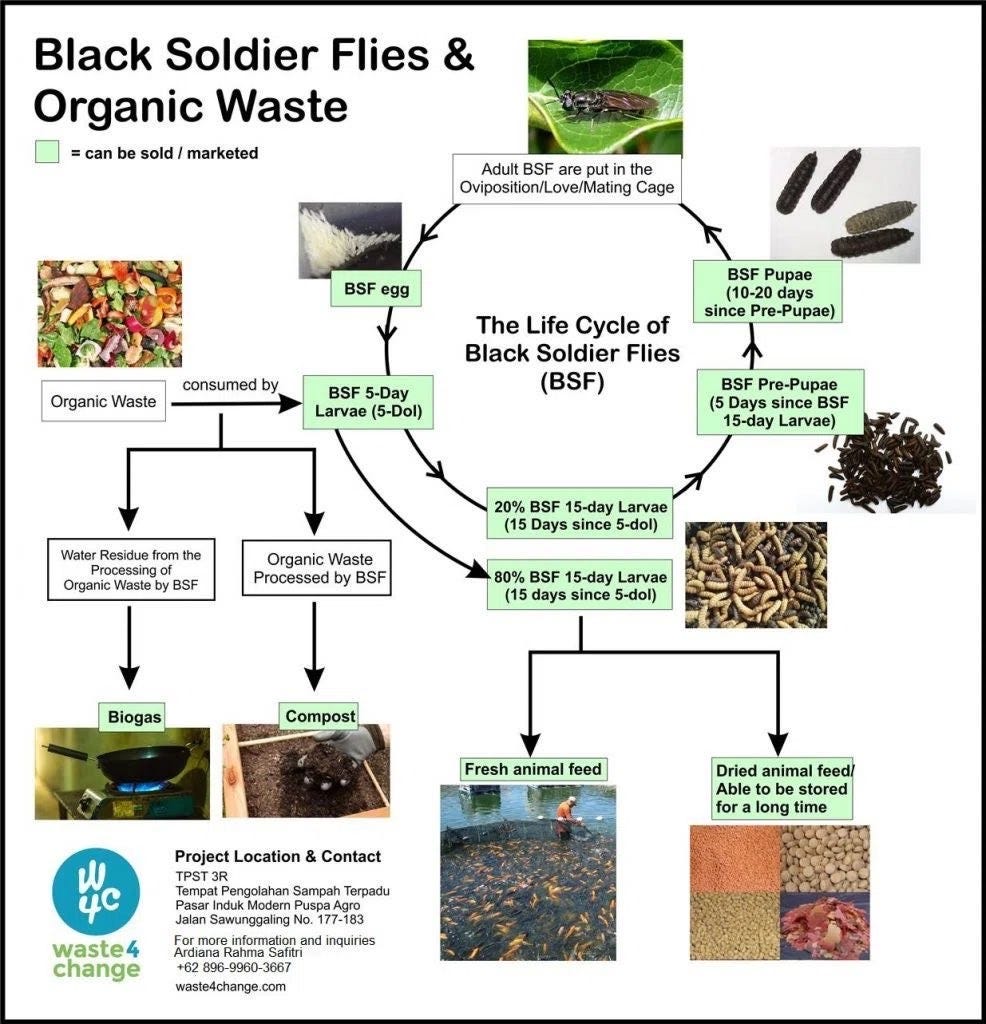
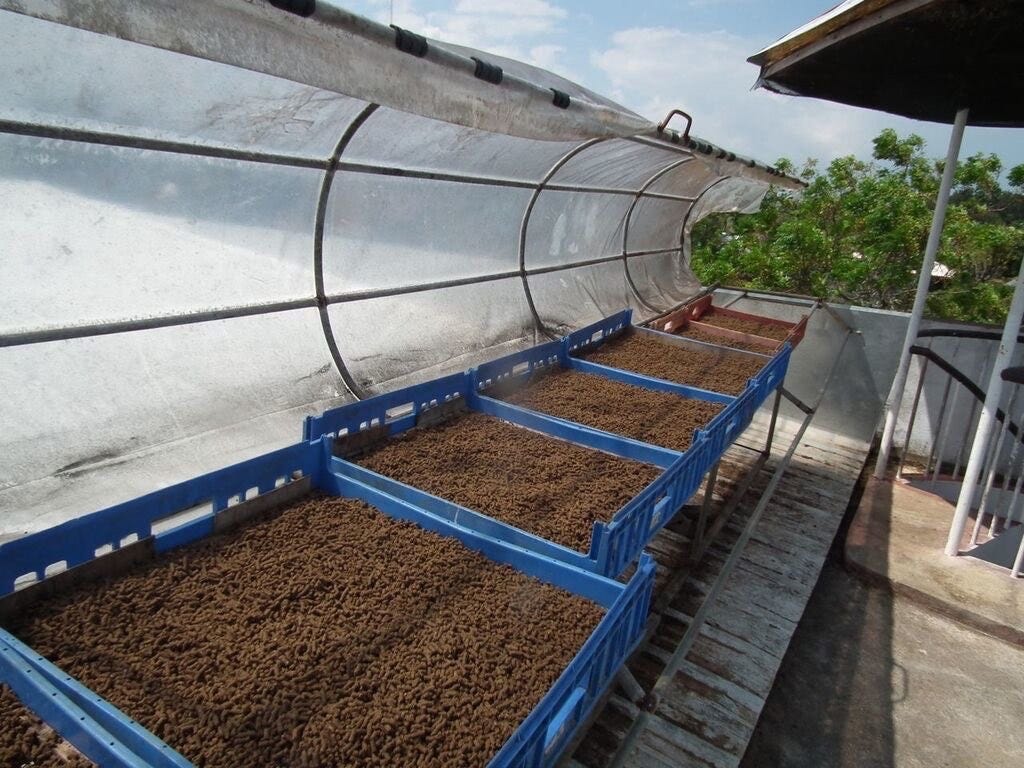
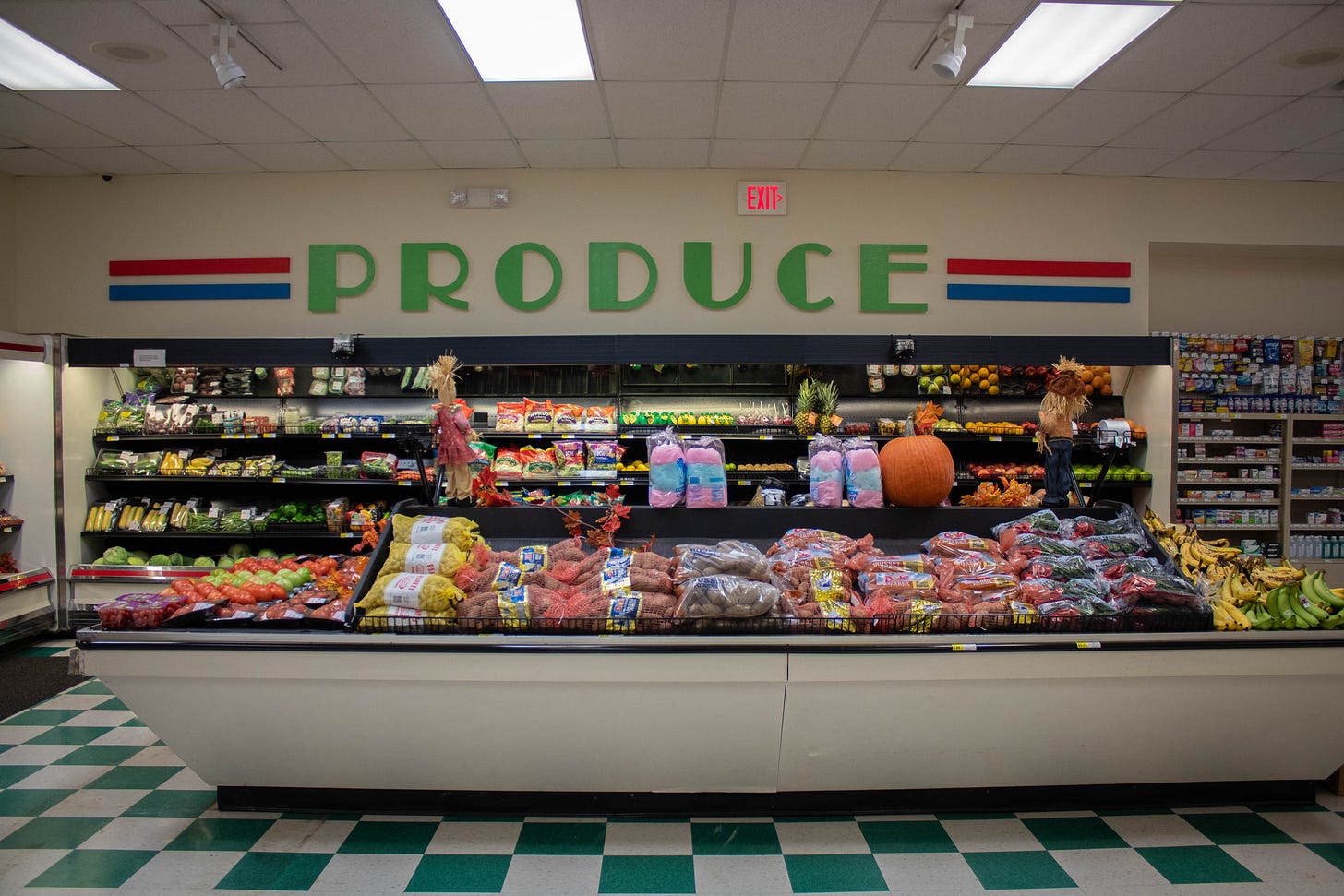
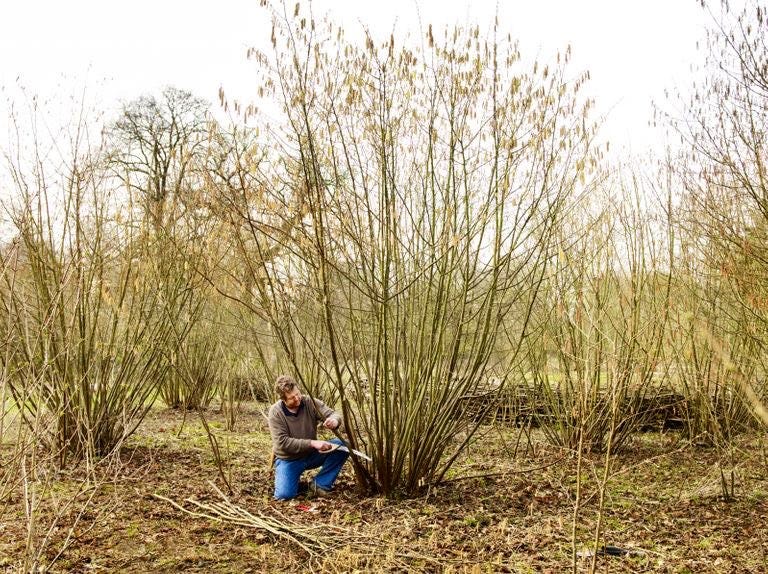

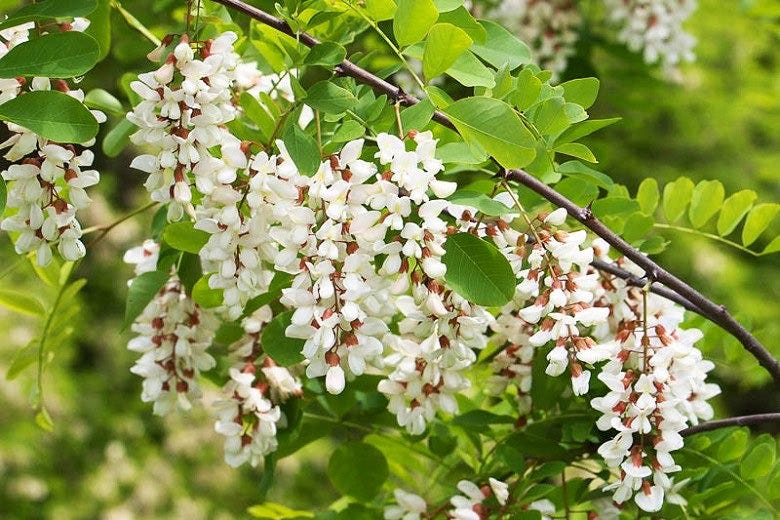
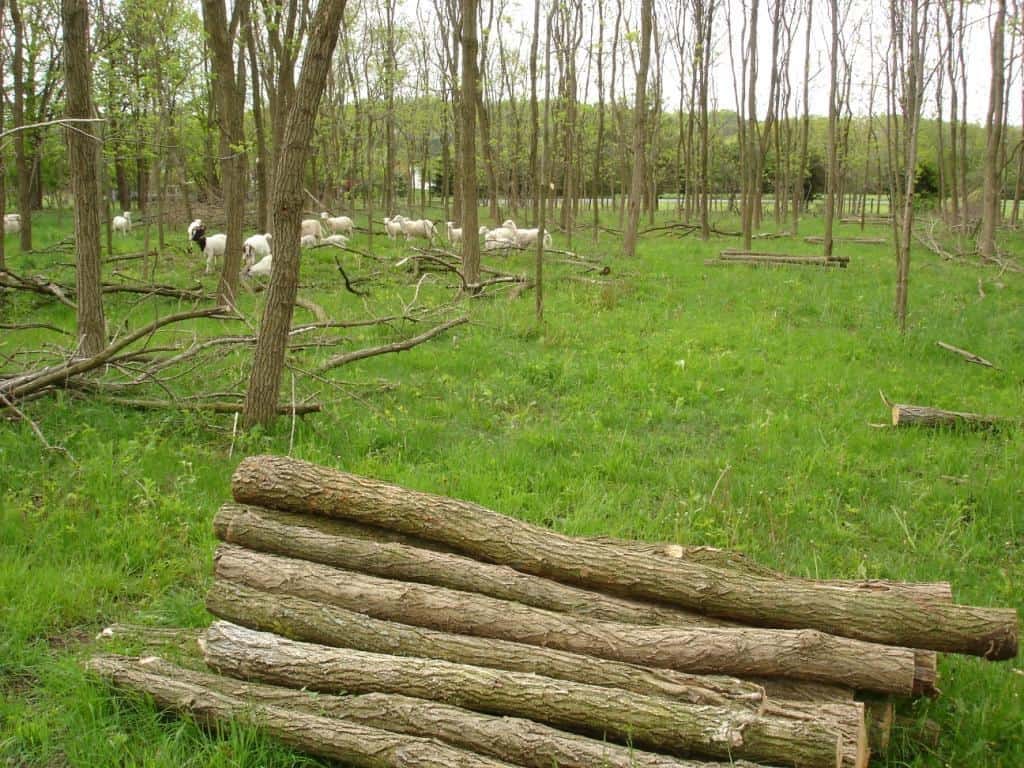
Thanks for the specificity and the precedent of your suggestions. Always excited to read these things and dream of them becoming real, and feeling like maybe a few yet ever increasing number of ecosocialist nerds can make this happen in our municipalities.
What a bunch of great ideas! Thanks for posting!